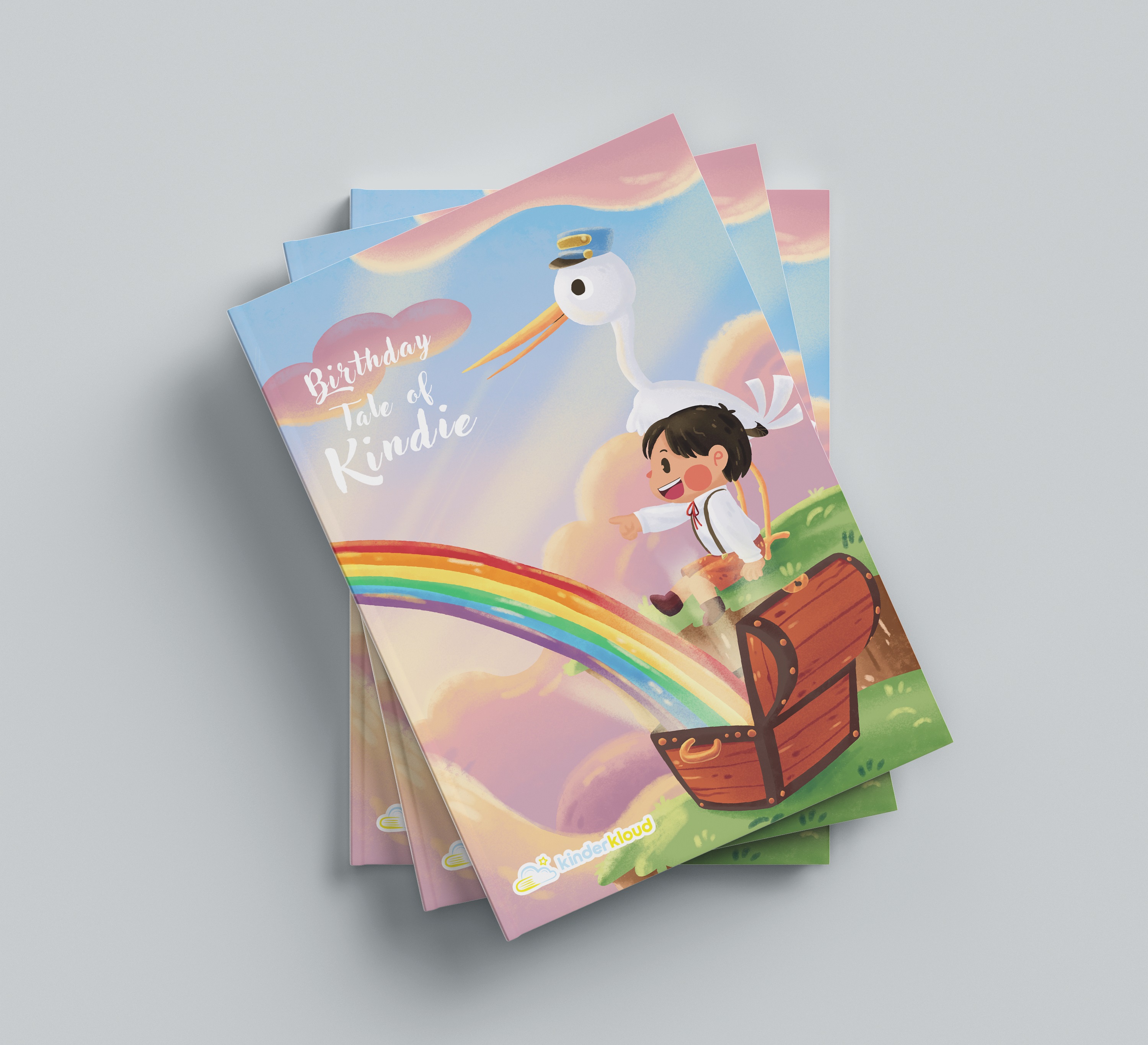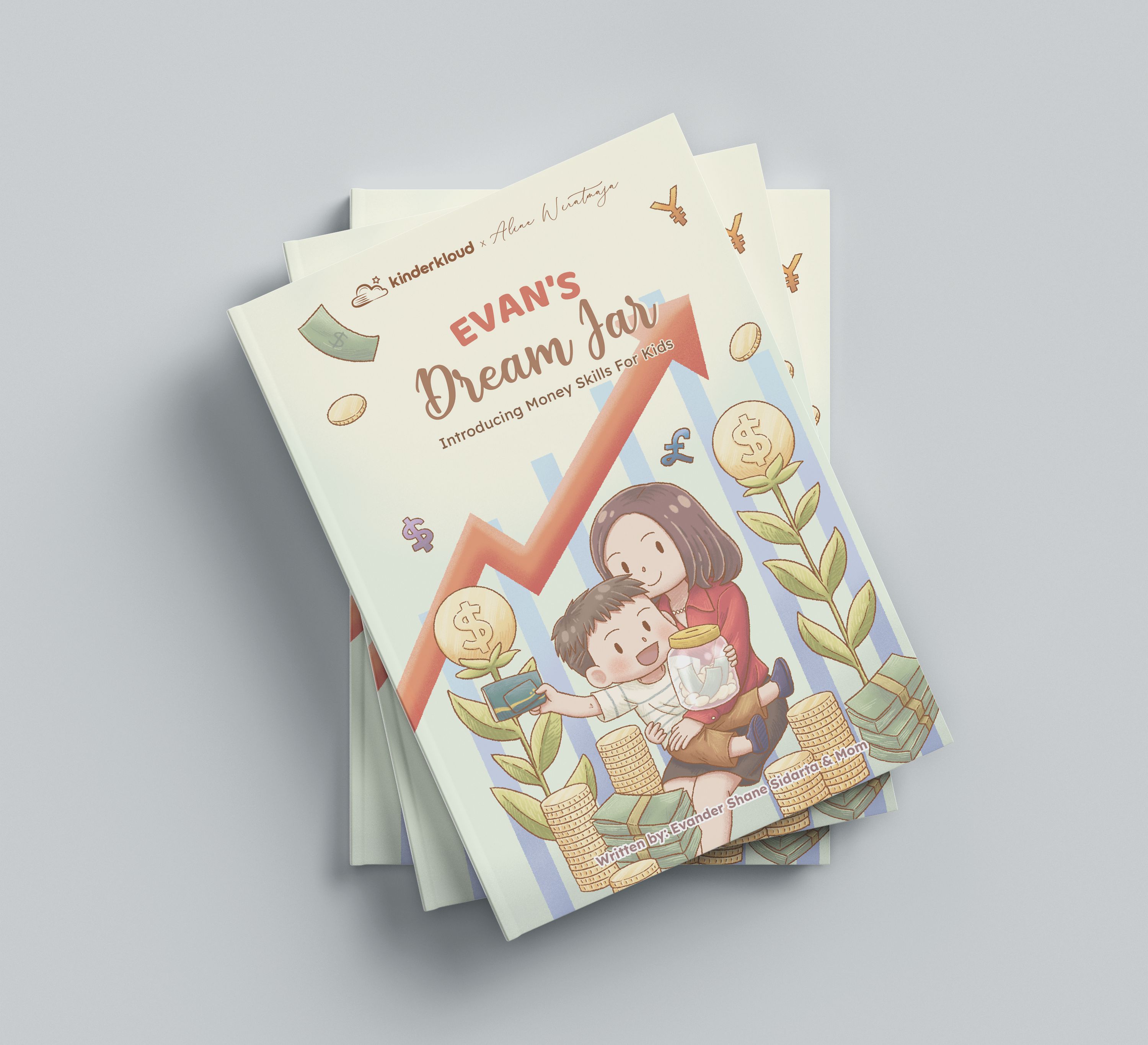How to Monitor Children's Social and Emotional Development

Since the Covid-19 pandemic took place, human social movements are now quite limited. The children's socialization room is also included, although now schools are starting to implement face-to-face learning routines in a week, doing activities and at home for approximately 2 years, this certainly has a different impact on our children, there is even a nickname for toddlers who were born and raised during the pandemic as "Pandemic Baby".
The limited space for children's socialization, which is now spent mostly at home or with their siblings, is not a big problem, however, having people who are close to children other than the family environment, such as their peers, or even their teachers, is certainly one of the things that makes children happy and influential in children's lives because children are still social beings just like us.
Early childhood is a crucial period in which children begin to develop many areas in their lives, such as social and emotional areas. The importance of teaching social and emotional skills to children, can help them develop the ability not only to make friends and communicate, but also understand their own emotions, other people's emotions, and deal with problems that come to them.
Therefore, let's take a look at some of the social-emotional milestones that usually appear in early childhood;
- Age 0-2 Months;
- Can smile at others
- Can try to calm himself
- Starting to look at his parents
- Age 4 Months;
- Smiling spontaneously
- Starting to enjoy playing with other people
- Start imitating other people's movements, such as other people's facial expressions
- Age 6 Months;
- Begins to memorize other people's faces and can identify faces of unknown people
- Loves to play with other people, especially his parents
- Can respond to other people's emotions and tend to look cheerful
- Nice to see himself in the mirror
- Age 9 Months;
- Starting to be afraid of strangers
- Starting to depend / attached to adults they knows
- Have a favorite toy
- Age 1 Year;
- Shy or nervous with strangers
- Cry when their parents leave
- Have favorite activities or people
- Shows fear in certain situations
- Can show you what they wants
- Repeating sound or action to get attention
- Starting to understand the movement of wearing clothes
- Can play simple with others, like hide and seek
- Age 1.5 years old;
- Starting to have emotional tantrums
- Show affection to people they know
- Can play pretend, like feeding a doll.
- Begins to show the ability to point to things he likes
- Starting to explore the environment if there are parents around
- Age 2 Years;
- Imitation of others, such as adults or peers
- Enjoy being or playing with other children
- Showing independence little by little
- Starting to show rejection
- Age 3 Years;
- Start imitating things done by friends or adults
- Show affection without having to be helped
- Can take turns in the game
- Shows concern for a crying baby or friend
- Understanding the concept of ownership (of oneself or others)
- Shows various emotions
- Able to separate well from parents (e.g., when starting school)
- Shows annoyance at major changes
- Can wear clothes independently
- Age 4 Years;
- Likes to do new things
- Can act as “Mother” or “Father”
- Get creative in playing “make-believe” or “what if” games
- Prefer to play with other people
- Can work with other children
- Usually still can't tell the difference between real and imaginary things
- Happy to talk about things you like
- Age 5 years;
- Starting to want to please his friends
- Starting to want to be liked by his friends
- Possibility of more compliance with regulations
- Enjoy singing, dancing and acting
- Begin to understand and be aware of the danger
- Usually still can't tell the difference between real and imaginary things
- Begins to show independence without needing to be supervised
- Sometimes can be demanding and can cooperate
So, those are some social-emotional milestones that are usually encountered in early childhood (starting from 0 - 5 years), if your child is still in the safe category and shows points according to his age, then there is nothing to worry about. However, if your child has some points missing from their age category, then you can dig deeper into your child's behavior, such as does your child's behavior not appear because of an obstacle/situation? Or, you can consult with professionals in the field of child development, such as consulting a pediatrician you trust!
Written By: Dinda Akzenti
References:
Center for Disease Control and Prevention USA - Developmental Milestones Checklist
https://va.gapitc.org/the-importance-of-social-and-emotional-development/ (Access on April 6th, 2022)
perkembangan anak, development, child development, social-emotional development, perkembangan sosial, perkembangan emosional, parenting
Newborn 0 - 6 Months / Newborn 0 - 6 Bulan / Social Development / Tumbuh Kembang Sosial / Education / Pendidikan / How to Monitor Children's Social and Emotional Development
Comments













